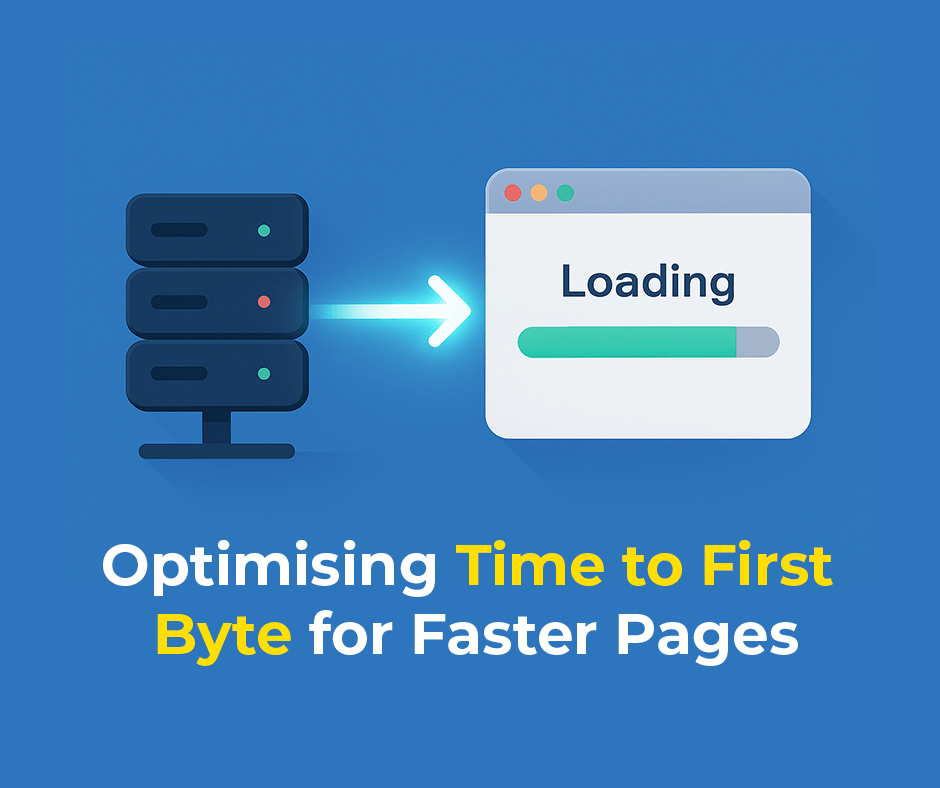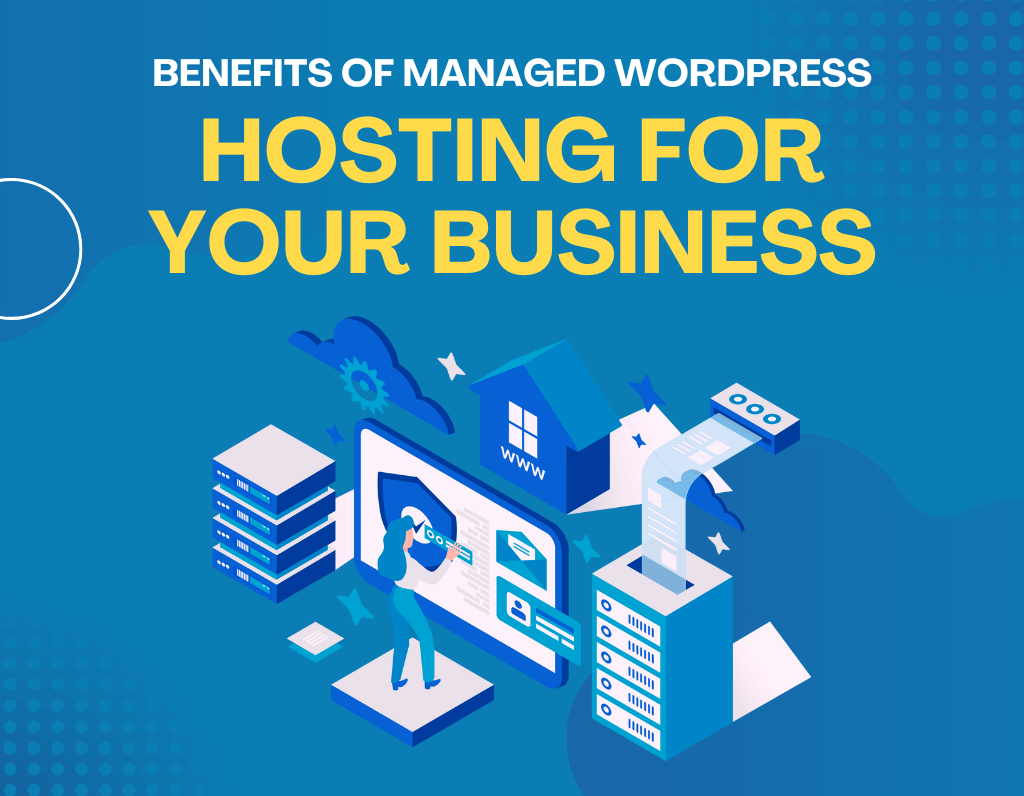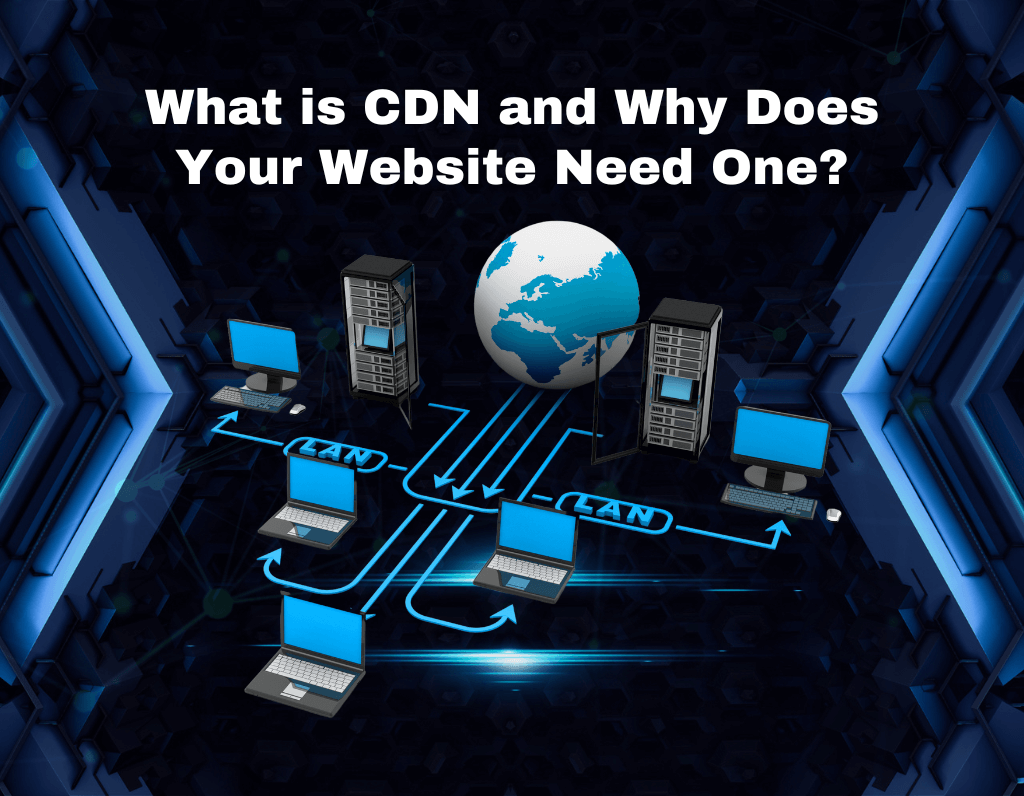What is website hosting?
Website hosting is an online service that allows people to publish websites and web applications on the internet. It essentially provides the space on physical servers to store all the necessary files and data to make websites work properly. At its core, web hosting gives websites a secure place to store their online content and makes it accessible on the World Wide Web.
When someone signs up for web hosting, they are renting server space from a web hosting provider, also called a web host. This allows clients to create and maintain websites without needing to own or manage the servers themselves. The web host stores the website files on its servers and makes sure the site is online and accessible to visitors at all times. Good web hosting provides sufficient server resources to support the website traffic and performance needs of the client.
What is it for?
The primary purpose of web hosting is to enable websites and web applications to be published online and accessed reliably by visitors. At a deeper level, web hosting provides the essential infrastructure and environment for websites to operate and fulfil their goals.
Specifically, web hosting allows website files, databases, media, and other data to be stored on physical servers that are maintained by a hosting provider. This underlying hosting technology frees website owners from having to purchase and manage servers directly. The hosting servers ensure the site’s files are accessible to internet users around the clock, without the site going offline unexpectedly.
Additionally, good web hosting provides adequate computing resources and bandwidth to support the website’s visitor traffic levels. Optimised web servers will load pages faster, allowing visitors to have a smooth browsing experience. Security is another key element as web hosting helps safeguard sites against cyberattacks through firewalls, monitoring, and recovery protections.
As a website grows and evolves, flexible web hosting plans allow owners to scale computing power, storage capacity, and features as needed. Advanced hosting functionality like caching, load balancing, and cloud integration further improve performance and reliability for more complex or high-traffic sites.
How to Use Web Hosting?
1. Decide on your website type
Determine the core purpose (informational, ecommerce, etc.), features (contact forms, user logins, etc.), and functionality (database needs, multimedia, etc.) required. Key website types:
- Blogs – Chronological content, basic templates, moderate traffic
- Ecommerce – Product catalogues, shopping cart, high bandwidth/storage
- Portfolios – Visual galleries, minimalistic, low resource needs
- Forums – Robust database, user management tools, focused traffic
- This guides your technical requirements for elements like platform (WordPress, custom coded), server resources, security level, and budget.
2. Choose a web hosting provider
Research multiple companies and select a reliable, reputable provider suited for your website specifications. Key selection factors:
- Uptime history (99%+ ideal)
- Technical support responsiveness
- Server security provisions
- Scalability options to grow
- Popular picks offering rounded performance: Bluehost, Host Gator, Site Ground
VMA-Hosting provides affordable Business grade website hosting plans to suit all needs, including Email only Hosting from a low $18.97 per month. Whether you’re looking for an entry level or personal web hosting, or professional business web hosting including an e-commerce solutions, we’ve got you covered.
3. Select a hosting plan
Choose a plan with adequate SSD storage space, monthly data transfers, email accounts, database support, and computing resources to smoothly run your website based on expected traffic, growth, and peak periods. Entry level shared plans typically start around $3-10 per month.
4. Buy a domain name
Select a short, catchy, easy-to-remember web address for your site (e.g. mywebsite.com) and register it with a domain name registrar for 1–10 years. Often most convenient to register domain during hosting sign-up process.
5. Build/upload your website
Use website builder tools, content management platforms like WordPress, or custom code to develop your site. Add all content including text, images, videos. Utilise FTP, cPanel, or automated migration tools to transfer files to your host server account.
Key tips on Web Hosting
Use SSD storage for faster performance:
SSD (solid state drive) storage is much faster than traditional HDD (hard disk drive) storage. Websites hosted on SSD-based servers benefit from quicker loading times, faster page response, and better ability to handle more visitors without lagging. SSDs also provide better reliability over HDDs. The premium is usually small compared to the performance boost for your website.
Enable regular backups and security scans
Unexpected issues like hacked files, corrupted databases, or lost data could devastate a website. Utilise your hosting control panel to schedule daily automated backups stored in multiple locations. Also run frequent malware scans to detect vulnerabilities or suspicious code. Proactive security protects your site.
Monitor site analytics to gauge hosting needs
Tools like Google Analytics allow monitoring traffic volumes, visitor behaviour, page load speeds, and other intelligence. Analyze metrics monthly or quarterly to see usage trends. Spikes may indicate when it’s best to scale up hosting capabilities like bandwidth before affecting site performance.
Scale up hosting plan as site and traffic grow
It’s common for sites to outgrow basic shared hosting plans over time as traffic, features, storage needs expand. Moving up a tier or upgrading to a VPS/dedicated server may become necessary to maintain fast page loads and uptime. Planning growth milestones makes scaling smoother when the limits of existing hosting resources are being reached.
How to choose a Web Host for your business?
Uptime – The web host’s uptime rate (99%+ is ideal) measures how reliably accessible your website is for visitors. Excessive downtime hurts your brand, credibility, search rankings, and revenue. Ensure your host has robust infrastructure including distributed servers worldwide, backup power generators, and stability technology.
Available Storage – Entry plans start around 10-50 GB for smaller sites, while ecommerce sites often require hundreds of GB for all product images, shopping data, etc. Calculate current + multi-year projected needs. Some hosts limit storage, while others offer unlimited. Also confirm backup provisions.
Monthly Traffic – Hosting plans include monthly data transfer allowances, typically 100 GB to unlimited. Analyze recent visitor volumes if migrating an existing site. New sites should project customer growth rates. Overages can get very expensive if exceeding the allotted bandwidth.
Loading Speed – Visitors expect pages to load in 2 seconds or less before abandoning. Using hosts with SSD storage, caching technology, and uncrumpled server resources improves site speed. Multiple global data centres also reduces latency delays based on location.
Data Security – Even basic plans should include SSL certificates, firewalls, VPN access controls. But you may want anti-malware scans, dedicated IP addresses, restricted staff login access for sensitive sites holding customer data, credit cards, etc requiring compliance with regulations.
Customer Support – Check forums and reviews to confirm responsiveness and competence dealing with technical, billing, migration issues. Live chat, phone, tickets should have minimal wait times around the clock in case your site goes down unexpectedly.
Payment Methods – Make sure flexible options are available including major credit cards, PayPal, checks to ease setup and recurring billing as your business scales. Multi-year discounts achieve further savings for longer commitment.
What are the risks of hosting a website and how to resolve it?
One of the main risks of hosting a website is the potential for sensitive or private data to be intercepted if left unencrypted. As stated, professional hosting services provide SSL certificates, which encrypt data flowing between a website and visitors. However, some website owners attempt to save money by hosting websites themselves without security provisions like SSL.
This ties directly into advice for how to securely host a website. The most fundamental security measure a website needs is an SSL certificate to enable HTTPS and encrypt connections. This protects information like logins, personal details, and financial data from being stolen.
Beyond SSL encryption, website owners should take a layered defence approach by working with a reputable hosting provider that incorporates firewalls, access controls, and round-the-clock monitoring to detect threats. Additionally, site administrators need to leverage strong passwords, regularly update software, run backups, install anti-malware scans, and leverage plugins like Wordfence for monitoring and blocking suspicious access attempts.
Conclusion
Overall, web hosting is a fundamental service that powers websites by giving them the storage, connectivity, security, and infrastructure they require. It enables anyone to publish content and make it available to internet users around the world.
It is an essential backbone helping websites reach their potential in terms of accessibility, speed, security, and scalability. The right hosting removes technology burdens, so website owners can better focus on creating quality content and digital experiences for their visitors.
At a minimum, every website needs two foundational components to exist—a registered domain name and web hosting. These are both required prerequisites for having a live, functioning site accessible to real visitors on the internet. It’s common for beginners to have some misconceptions about the exact roles of these two essential elements of running a website.
A domain name serves as the human-readable web address that points visitors to the right location online. Web hosting provides the underlying infrastructure, servers, software, security, and maintenance support on which the website physically exists 24/7. The hosting stores all the actual website files, databases, email, media, applications related to the domain name registered.
Owning just a domain name but no corresponding web hosting means a site cannot go live for the public to visit. Alternatively, web hosting with no domain essentially leaves you with server resources but no route for visitors to access them. Every real, working website requires both reliable hosting and an owned domain name integrated together.
You may also like:







